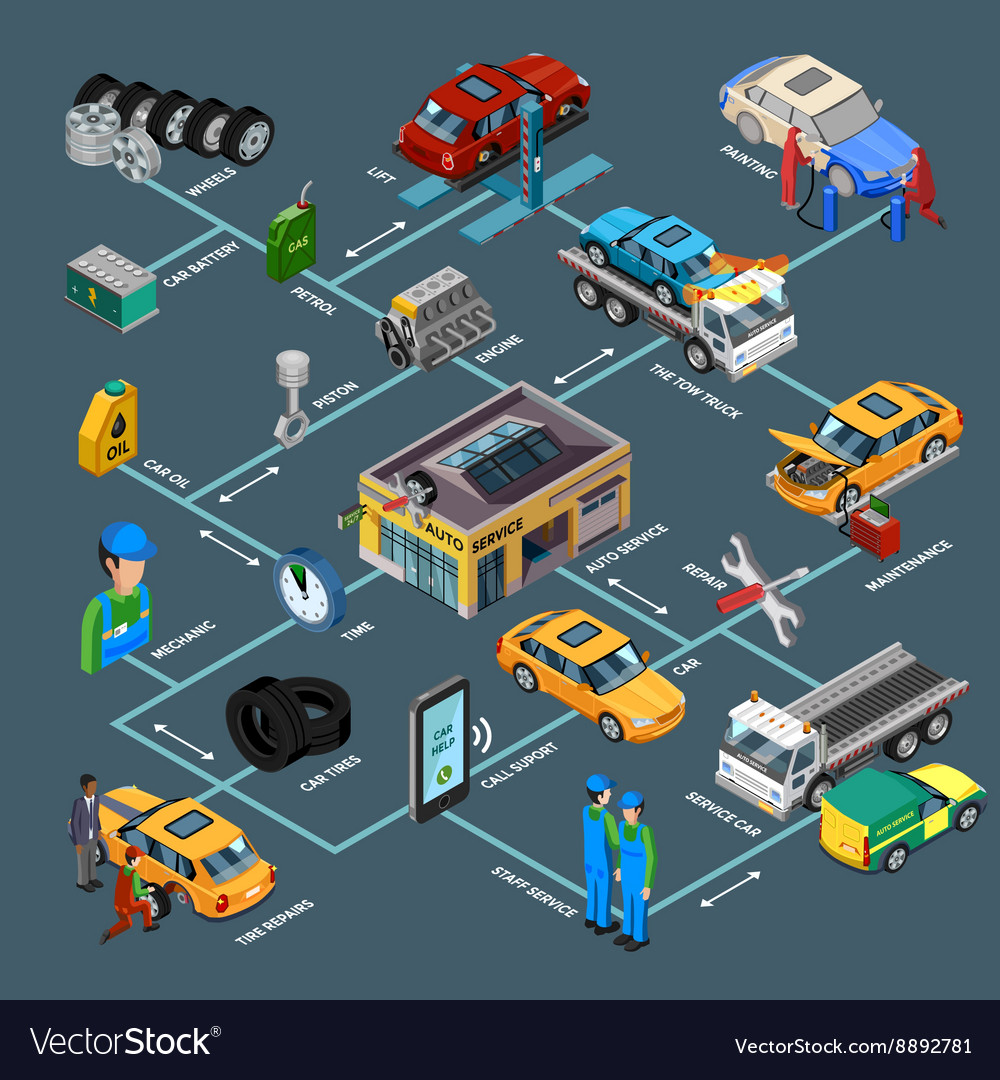Analyzing Your Automobile'S Alert Lighting: Their True Implications
Analyzing Your Automobile'S Alert Lighting: Their True Implications
Blog Article
Web Content Writer-Hartley Dalgaard
When you lag the wheel, those glowing caution lights on your control panel can be a little bit bewildering. Do you recognize what they're attempting to tell you concerning your cars and truck's health? Recognizing the relevance of these lights is essential for your safety and the long life of your vehicle. So, the next time among those lights turns up, wouldn't you want to decode its message properly and take the required actions to address it?
Common Caution Lights and Interpretations
Identify common warning lights in your vehicle and understand their definitions to make sure safe driving.
The most normal caution lights include the check engine light, which signals concerns with the engine or exhausts system. If this light begins, it's critical to have your automobile examined quickly.
The oil stress warning light shows low oil stress, requiring prompt focus to prevent engine damage.
A flashing battery light might suggest a malfunctioning billing system, potentially leaving you stranded if not attended to.
The tire pressure monitoring system (TPMS) light alerts you to reduced tire stress, affecting vehicle stability and fuel efficiency. Ignoring this might lead to harmful driving conditions.
The abdominal light suggests a problem with the anti-lock stopping system, endangering your ability to quit rapidly in emergency situations.
visit the following website but not least, the coolant temperature cautioning light warns of engine getting too hot, which can lead to serious damages otherwise dealt with quickly.
Recognizing these typical warning lights will certainly help you resolve issues quickly and maintain secure driving problems.
Relevance of Prompt Attention
Recognizing the usual caution lights in your vehicle is only the initial step; the value of quickly dealing with these warnings can not be highlighted sufficient to ensure your security when traveling.
When a caution light brightens on your dashboard, it's your car's means of connecting a prospective problem that needs attention. Ignoring these cautions can cause extra extreme troubles later on, endangering your security and potentially costing you a lot more out of commission.
Motivate attention to warning lights can protect against break downs and accidents. For example, a blinking check engine light can suggest a misfire that, if left unattended, can create damage to the catalytic converter. Addressing this promptly can conserve you from a pricey repair work.
Likewise, a brake system advising light may indicate low brake liquid or worn brake pads, crucial parts for your safety when driving.
Do It Yourself Troubleshooting Tips
If you see a warning light on your control panel, there are a few DIY troubleshooting tips you can try before looking for expert aid.
The first step is to consult your vehicle's guidebook to comprehend what the specific warning light indicates. In some cases the concern can be as basic as a loosened gas cap setting off the check engine light. Tightening up the gas cap may fix the trouble.
Another usual problem is a low battery, which can trigger different advising lights. Inspecting the battery links for corrosion and guaranteeing they're protected may deal with the problem.
If a warning light persists, you can attempt resetting it by detaching the cars and truck's battery for a couple of minutes and then reconnecting it. Additionally, inspecting https://oilchangenearme39516.blogdosaga.com/31142014/an-important-overview-to-the-must-have-tools-in-every-auto-repair-shop-revealing-the-secrets-behind-reliable-car-maintenance , such as oil, coolant, and brake liquid, can help repair alerting lights associated with these systems.
Verdict
To conclude, understanding your vehicle's caution lights is necessary for keeping your car running smoothly and securely. By quickly attending to these notifies and knowing what they mean, you can prevent costly repair work and possible malfunctions.
Keep in mind to consult your auto's handbook for specific information on each advising light and act as necessary to make sure a hassle-free driving experience.
Remain informed, remain risk-free when traveling!
